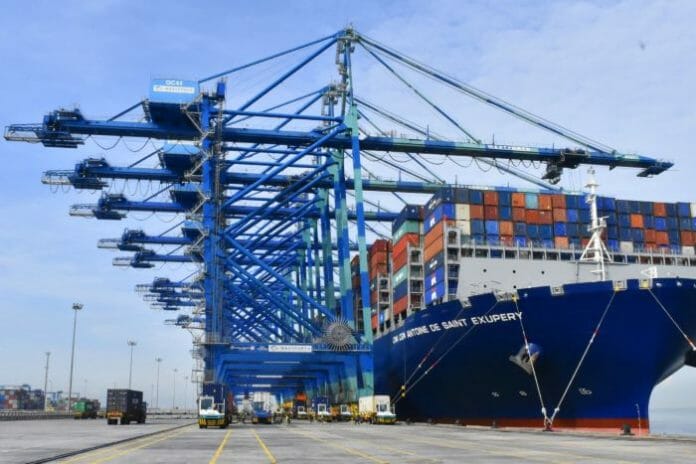Considering the recent weakness in trade numbers so far, MIDF forecasts exports and imports to fall by -6.4% and -6.9%, respectively, for this year. Below expectations China’s recovery, negative effects of monetary policy tightening in major economies, and normalisation of global commodity prices are among the key downward pressures on Malaysia’s external trade performances at least for 9MCY23.
By sector, outbound shipments of agriculture goods plunged by -25.5%yoy (2022: +23.2%), manufacturing products by -6.7%yoy (2022: +22.2%), and mining products by -11.6%yoy (2022: +69.2%). According to DOSM, the fall in trade was due to both price and volume declines. In other words, apart from the price commodity price correction amid improvement in supply, the weaker global demand contributed to the weaker-than-expected external trade performance (thus far) this year.
Semiconductor-led exports recovery. Nevertheless, MIDF expects a slight improvement in external trade performance in
4QCY23 which explains the forecast for -6.4% contraction in goods exports in 2023, in contrast to -8.4%yoy decline thus
far in 9MCY23. The World Trade Organization (WTO) in its latest forecast update halved +1.7% to +0.8% global trade-in
goods for 2023. WTO opined that global trade would bounce back in 2024, keeping its forecast target at +3.3%. The house believes international trade activity is bottoming out. The recovery of Malaysia’s exports will be championed by semiconductors and other E&E products in 4QCY23, underpinned by no further tightening of monetary policy in major economies and better progress in China’s economic recovery as stimulus measures start to kick in. Semiconductor exports (which accounted for approximately 67.7% of total E&E exports) remained resilient, growing by +3.3%yoy in 9MCY23. Nonetheless, exports of non-semiconductor E&E products were weaker and on declining trends
In summary, the port and logistics players are well-positioned to benefit from the optimistic trade outlook and the recent ratification of RCEP and CPTPP agreements. This forms the foundation for a recent upgrade of the sector from NEUTRAL to POSITIVE. Currently, the house favours the logistics companies under its coverage over port operators due to its fewer foreseeable downside risks. This preference is supported by the sector’s appealing valuation, currently at a substantial discount of 40%-50% below historical norms. Additionally, worries concerning targeted subsidies have been alleviated, as logistics companies will retain their access to subsidised diesel, as announced in Budget 2024.
Nevertheless, MIDF says this is not expected to pose a significant concern, thanks to the inclusion of fuel clauses in their contracts with customers. On the other hand, a key concern for port operators remains the prevailing high USDMYR exchange rate, which could elevate operating costs due to USD-denominated Mean of Platts Singapore (MOPS) for diesel consumption








